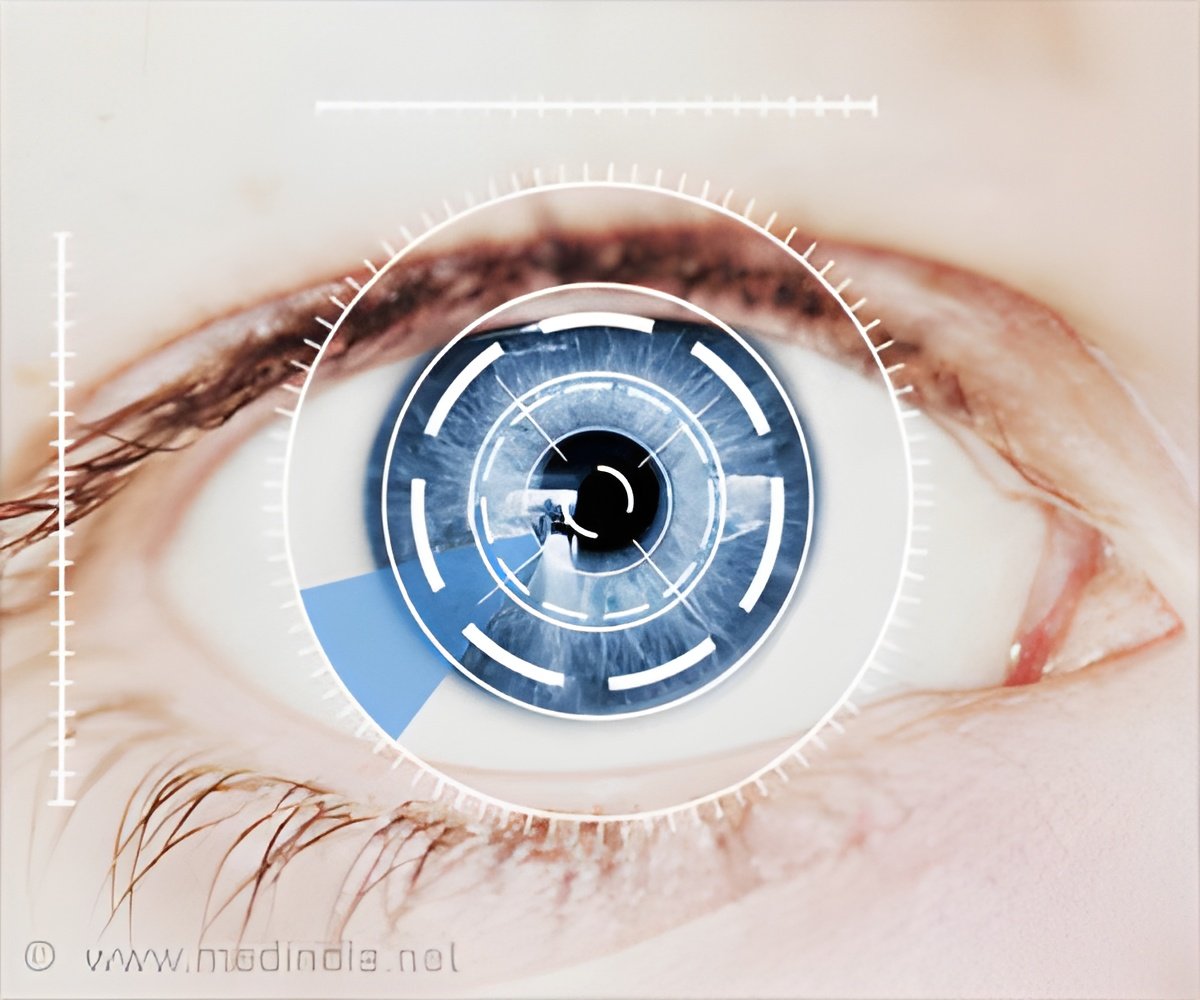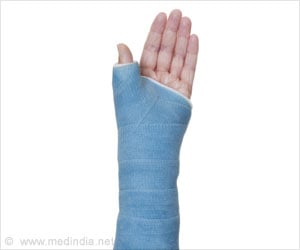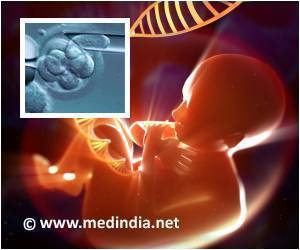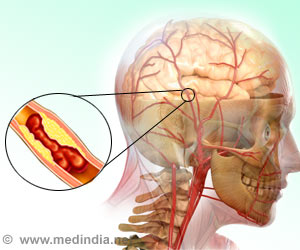
‘Retinal cells are the first to respond when protein changes related to retinal injury occur.’
Tweet it Now
Researchers have discovered that the endfeet, a specialized zone in retinal cells where proteins become modified when the retina is under stress. These endfeet are at the opposite end of the retina, quite a distance from light receptors.Researchers proposed that this segregation of the endfeet and light receptors may permit light detection to continue even as the retina responds to stress.
The modification of proteins Mohan’s lab has been studying is called citrullination. In citrullination, the amino acid arginine is changed into citrulline.
Because in the early stages of stress or disease, the citrullinated proteins stay sequestered in the Muller cells' endfeet, Mohan calls this area the citrullination bunker. But if this bunker is chronically engaged, then the overabundance of citrullinated proteins reaches other parts of the retina.
Muller cells in human age-related macular degeneration (AMD) and mouse models of retinal degeneration reveal citrullinated proteins extending out of the endfeet and spreading throughout the cells.
Advertisement
The loss of the positive charges is permanent, and may irreversibly change the flexibility or other mechanical properties of the Muller glial cells. This may cause the Muller cells to become incapable of adapting to fluid build-up when the retina swells up under stress.
Advertisement
They also identified that the endfeet citrullination process is controlled by an enzyme known as peptidyl arginine deiminase-4 (PAD4). Small molecule inhibitors of PAD4 have been developed for other types of citrullination-dependent diseases, such as rheumatoid arthritis.
Researchers believe that such therapeutic agents could be applied to reduce citrullination at early stages of AMD and spare the retina of undesired responses to this protein modification.
Source-Medindia









